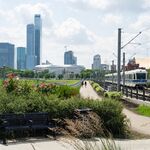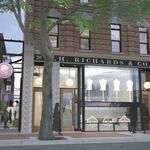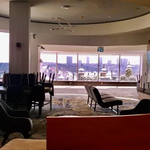Its fairly easy to adapt for a two week event even if it is huge and very disruptive. For instance you can plan to take a vacation and go out of town. Sorry, but this is not a good comparison.
Even if many people left town, overall many more people were inhabiting these Olympic cities during the two weeks of the games than normal, and the results for the most part showed that people could get around fine even with significant reductions in the available roadway systems.
To me, it's supporting evidence that we probably have a lot more roads than we think we need. And if there's less, people find alternatives.
But if you don't buy that example, how about this one that lasted a lot longer than 2 weeks?
One of the world's leading traffic and transportation experts - Sam Schwartz - has a book many here may have read called Street Smart - the rise of cities and fall of cars. In one chapter he shares his time as NYC traffic commissioner and in 1973 the bridge on the West Side Highway leading into Manhattan's central business district collapsed. 80,000 vehicles a day travelled that bridge. So what solution did NYC come up with to help accommodate or redirect those 80,000 vehicles per day?
Says Schwartz "I would love to take credit for coming up with a brilliant solution that saved the city, but the truth is a lot more mundane and a lot more interesting. The predicted traffic disaster never appeared. Somehow those 80,000 cars went somewhere, but to this day we have no idea where. Or how, two years later, 25,000 more people were getting into Manhattan's central business district."
Finally he says:
"When a road's capacity is reduced, congestion doesn't necessarily increase. In fact the biggest and best study of reduction in road capacity shows that lane closures not only cause traffic to decrease on the road's remaining lanes, but only half the decrease reappears anywhere else."
"If you unbuild it, they will go away."




